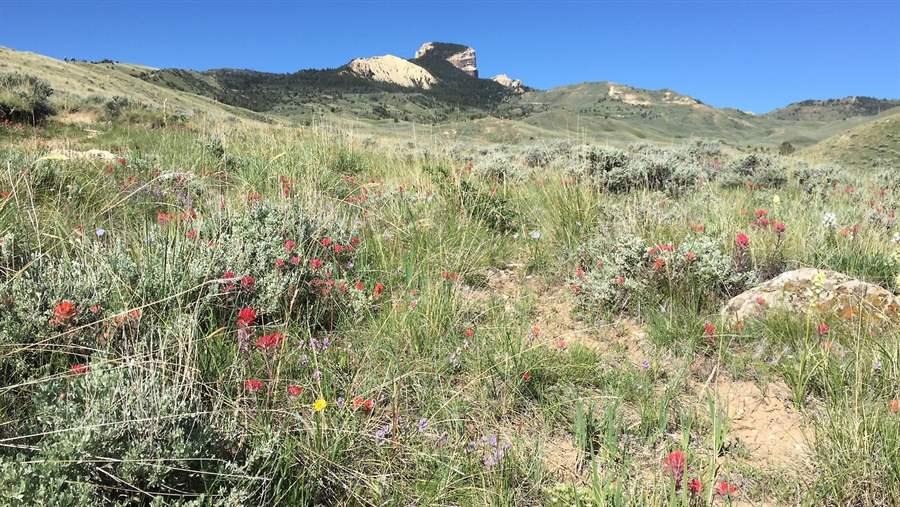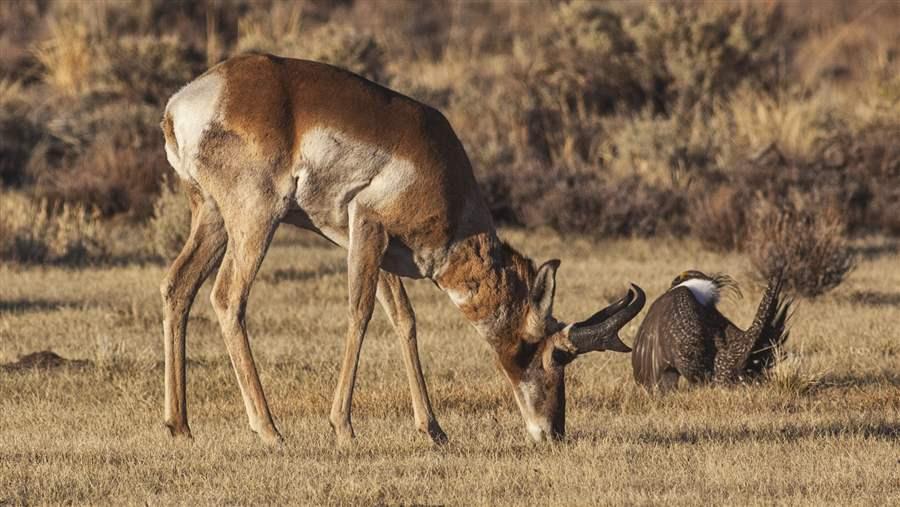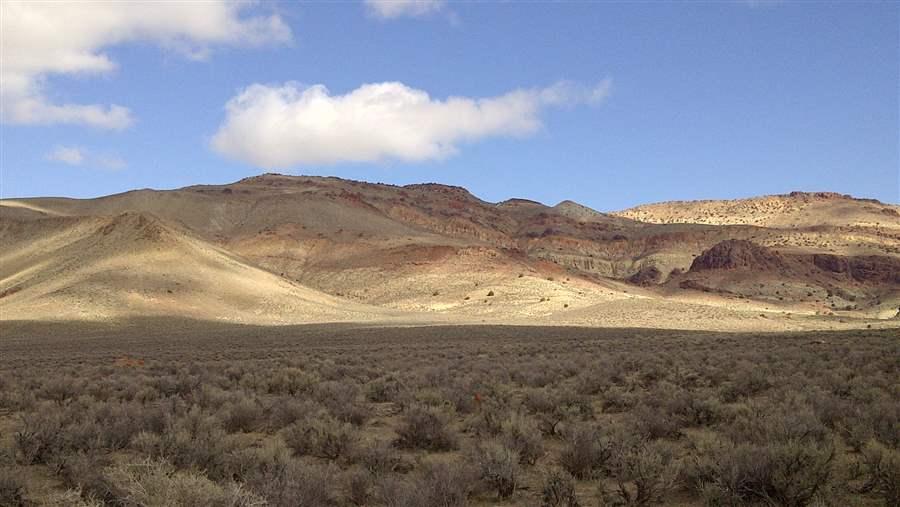On Public Lands, Secretary Zinke Can Win With a Balanced Approach
Stakeholder engagement is critical to preserving a foundation of the American experience
During his confirmation hearings, then-Congressman Ryan Zinke harkened back to one of America’s pre-eminent conservation champions Theodore Roosevelt, as a model for his prospective tenure as interior secretary. Zinke called himself an “unapologetic admirer” of Roosevelt and said the 26th U.S. president was correct to put Western lands under federal protection.
Roosevelt understood that public lands are foundational to the American experience and was almost singularly responsible for building this legacy. Now, it is Secretary Zinke’s job to ensure proper stewardship of public lands for future generations.
Much of that land—more than 247 million acres—is overseen by the Bureau of Land Management (BLM), which faces the complex task of balancing demands from seemingly diametrically opposed interests. For example, BLM works to ensure that oil, gas, and mineral development can proceed without adversely affecting clean water, wildlife habitat, and recreation in the same areas. Public dialogue over public lands too often paints a stark, conflict-ridden picture of such challenges. Secretary Zinke could improve the public lands discourse—and Americans’ understanding of the issues—by cutting through the sloganeering, understanding the nuance, and honoring the common ground among various users.
Conservation integral to the BLM’s mission
The BLM, which was established as part of the Interior Department in 1946, was characterized in its early years as the “Bureau of Livestock and Mining” because the agency rarely considered conservation in its land management decisions. Following passage of the Federal Land Policy and Management Act (FLPMA) in 1976, the agency began evolving to require that public lands support multiple uses and sustained yields, and that activity in those areas avoids unnecessary and undue degradation. Yet it was not until two decades later that conservation on BLM lands became an integral part of the agency’s mission with the creation of the National Conservation Lands—32 million acres of the most ecologically rich and culturally significant areas under BLM oversight.
Today, 14 percent of BLM lands are protected in the National Conservation Lands system, which is roughly equivalent to the amount of land used for oil and gas development. In addition, more than 40,000 active mineral development leases now exist across 27 million acres of BLM land. This underscores that not all of the multiple uses need to occur on every one of the 247 million acres of BLM’s public domain. Indeed, when our public lands are managed in this way, we can enjoy them for recreation, conservation, and development, now and in the future.
Secretary Zinke could apply this balanced approach by implementing the sage-grouse management plans across the intermountain West’s sage-steppe—an area stretching from southeastern Washington to northwestern New Mexico. There, about three-quarters of the developable land for energy projects (oil, gas, coal, wind, and solar) lies outside core habitat areas for the sage-grouse, a “marker species” whose fate closely tracks with that of the greater ecosystem. That means Secretary Zinke could help to ensure a viable energy economy while also conserving important wildlife habitat and open spaces that sustain a billion-dollar recreation economy for local communities.
BLM’s recent history shows conservation-development balance
Since 2011, 26 national monuments—areas with outstanding archaeological and biological resources, as well as important historical sites—have been designated. Many of these monuments were created on BLM-managed public lands, leading some to call the agency the “Bureau of Landscapes and Monuments.” But what is often overlooked is that, during the same timeframe, BLM issued almost 14,000 oil and gas leases across more than 13 million acres of public lands, which is more than three times the 4.2 million acres designated as national monuments on BLM lands.
Secretary Zinke has a tough job that requires deep analysis, deliberate thought, and careful decision-making. By using the planning authority he has under FLPMA to engage all stakeholders in land management decisions, he can stay true to Roosevelt’s vision of an American West that serves all citizens.














